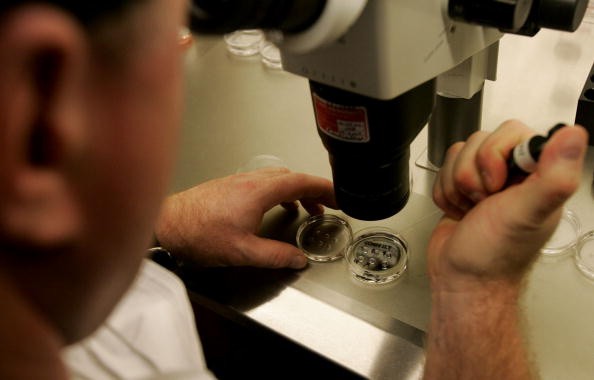Scientists injected dozens of human stem cells into the embryos of monkeys that are still developing. The resulting hybrids remained alive for up to 20 days in lab dishes, according to Live Science. These embryos of human-monkey could one day become helpful models for aging, embryonic development, and human disease, the study authors noted in a current report, released April 15 in the journal Cell.

Human-animal Chimeras
By zooming in on the interaction of animal and human cells in the embryos, experts could also gain knowledge on how to help human cells survive within animal cells, potentially boosting the attempt to grow organs of humans in models of living animals.
Such studies would offer a window into human biology that would otherwise need testing on humans, making such studies presently impractical.
Certainly, human-animal chimeras (organisms that have cells from two or more species) development - brings up its own ethical concern, mostly in regard to how long such embryos should be left to grow.
Science Magazine reported scientists in the past have made effort to incorporate stem cells of humans into the embryos of sheep and pig, with the eventual aim of growing the organs of humans in the livestock for use in transplant surgeries. But just very few human cells survived the experiments.
Human-monkey Embryos
Senior author Juan Carlos Izpisúa Belmonte, a professor at the Salk Institute for Biological Studies in La Jolla, California, told Live Science in an email the low rate of survival could be because pigs and sheep are not related closely to humans, speaking evolutionarily.
For example, humans and pigs have been disuniting from each other for 90 million years, when they last shared the same ancestor, he said.
Because the experts made use of monkeys in the new study, "The evolutionary distance is not much, and this may account for the higher relative efficiency of human stem cells integration in the chimera," he told Live Science.
New information collected from the human-monkey embryos could give hints about how to grow human cells better in animals that are distantly related, Izpisúa Belmonte said.

Cynomolgus Macaques
A stem cell biologist at the Yale University School of Medicine, Alejandro De Los Angeles, who did not participate in the study said while this research line could lead to joyful advancements in medical science, there are ethical concerns to address.
To make the human-monkey embryos, the scientists first collected oocytes (a precursor to develop egg cells) from Cynomolgus macaques (Macaca fascicularis), grew the cells in culture and then injected them with macaque sperm to help in their fertilization.
The fertilized cells after six days, splitted into additional cells and then assembled into hollow spheres, called blastocysts; in a normal pregnancy, a blastocyst would be implanted in the uterus and later give rise to a matured embryo.
Related Article : Ready for a Human Hybrid? Human-Animal Chimeras May Now Be Possible
For more news, updates about embryos and similar topics don't forget to follow Nature World News!
© 2025 NatureWorldNews.com All rights reserved. Do not reproduce without permission.





